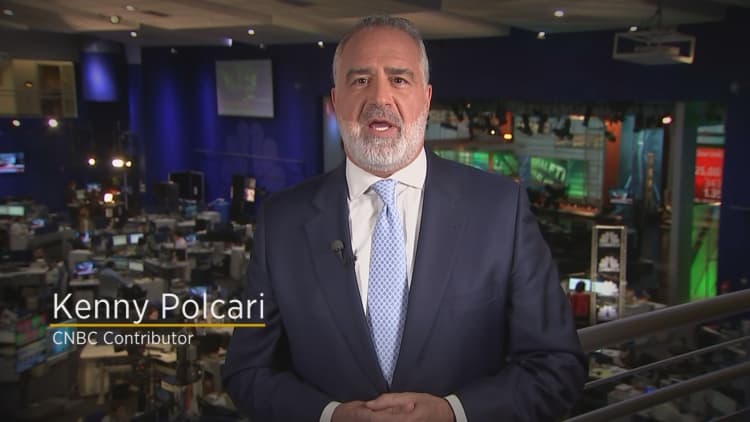As the coronavirus pandemic proves financially devastating, many Americans are trading long-term goals for short-term security.
That leaves 529 college savings plans in jeopardy.
"Short-term cash needs are extremely important and they may reduce or eliminate the ability to make a longer-term investment," said Young Boozer, chair of the National 529 Campaign.
Until now, 529 college savings plans had been only gaining momentum. Total investments in 529s jumped nearly 20%, to a record $371.5 billion, last year, according to the College Savings Plans Network.
More from Personal Finance:
Resist the siren call of cashing out your 401(k)
Get the best of both stocks and bonds
Can't keep up with insurance premiums?
The average account size also reached a high of $26,054 in 2019, roughly double what it was a decade ago.
There's a reason these accounts have proved popular: Not only can you get a tax deduction or credit for contributions, earnings grow on a tax-advantaged basis and, when you withdraw the money, it is tax-free if the funds are used for qualified education expenses such as tuition, fees, books and room and board.
But 2020 could see a sharp reversal. For starters, dramatic market swings have already taken a toll on account balances.
Check your allocation
If the market volatility is too much to bear, pay attention to your fund's approach toward shifting from stocks to bonds.
Generally, 529 plans offer age-based portfolios, which start off with more equity exposure early on in a child's life and then become more conservative as college nears.
However, you can change your asset allocation. An overly aggressive portfolio might have been fine last year but could be too nerve-wracking in the year ahead.
For example, California's college savings plan, ScholarShare 529, has nearly 20 portfolio options, including a conservative approach with a guaranteed return.
"It's good for times like these," said Julio Martinez, the executive director of the ScholarShare Investment Board.
Reconsider your contributions
It could be decidedly harder this year to cobble together a large chunk of cash for an annual contribution.
"If you have to lower it to an amount that fits into your budget, do that," Boozer said. "What I would recommend is don't break the habit."
Fortunately, small but regular contributions are often a better bet during periods of ups and downs.
As with most kinds of investing, so-called dollar cost averaging helps savers take advantage of price fluctuations in the market — with the added benefit of not having to come up with a lump sum all at once.
Know the consequences of early withdrawals
In moments of extreme financial need, some families may need to tap these funds or liquidate the account altogether.
Such a non-qualified distribution comes with a 10% tax penalty in addition to income taxes on the account's earnings.
Although those withdrawals will leave your savings less time to compound, the tax consequence may not be so severe, according to Mark Kantrowitz, publisher of SavingForCollege.com.

"Right now the stock market is down significantly, it's possible you don't have any gains" he said, in which case there would be no tax on earnings.
It also isn't unprecedented. In the wake of the 2008 financial crisis, around 10% of investors liquidated their entire 529 accounts, and 20% switched to less risky assets, according to Kantrowitz's own survey.
Of course, then those account holders missed out on the recovery, he added.
"If you liquidate your account, you are locking in your losses."


